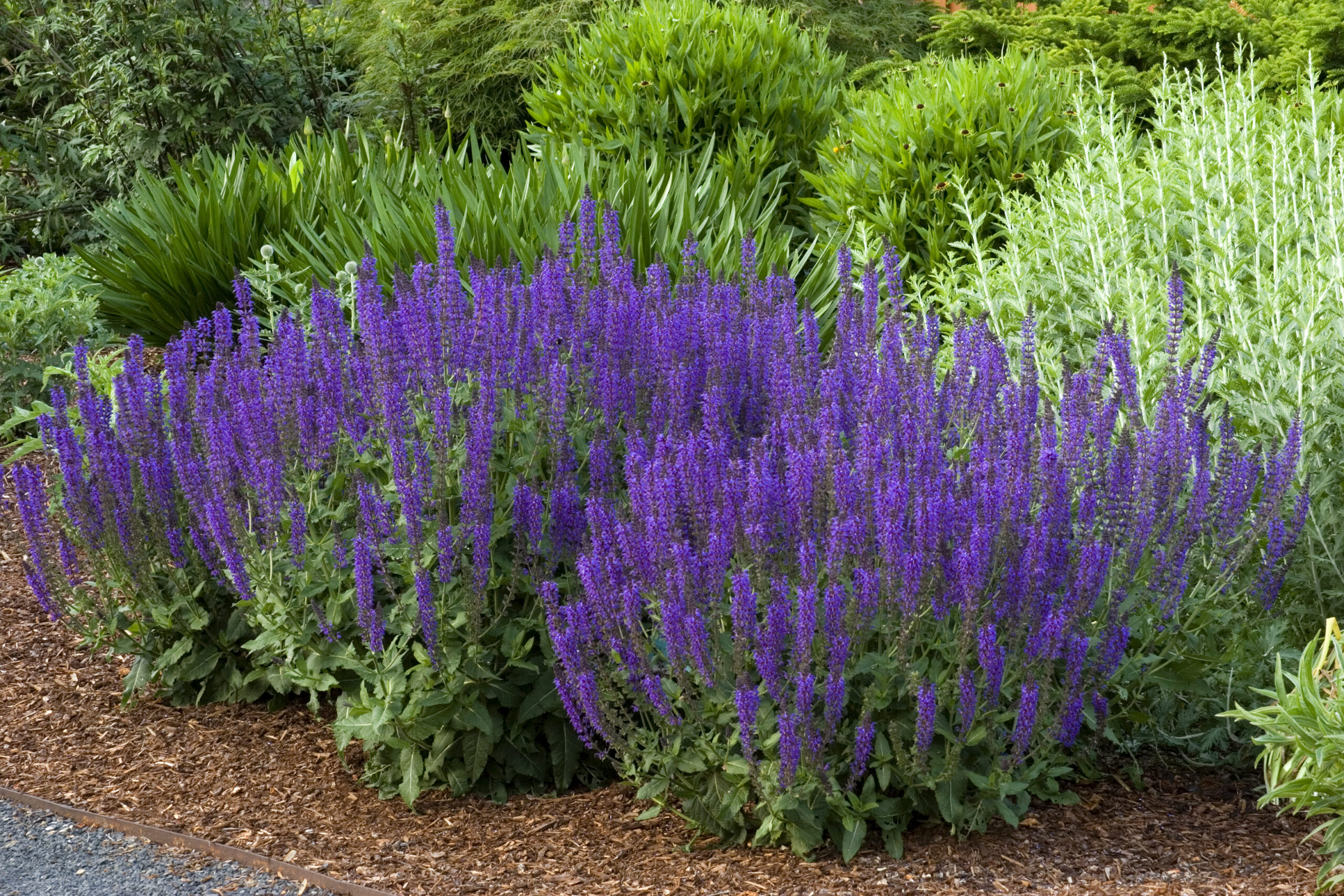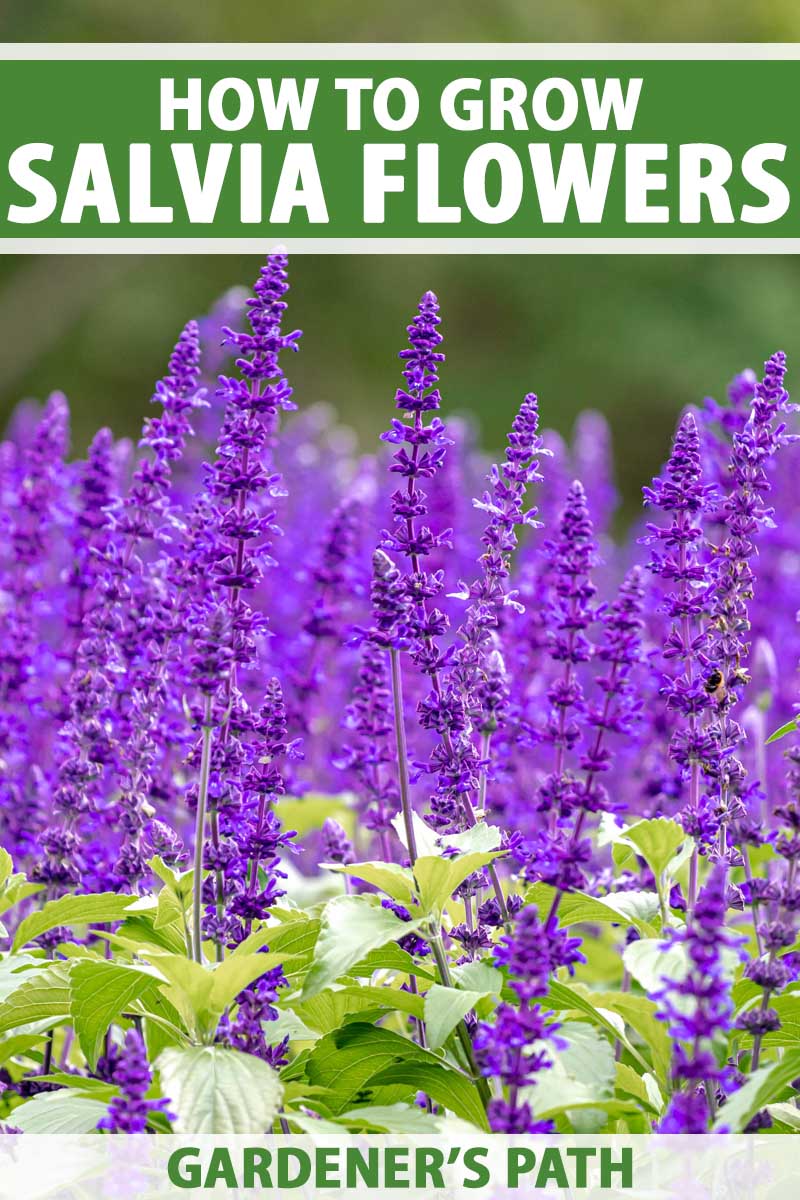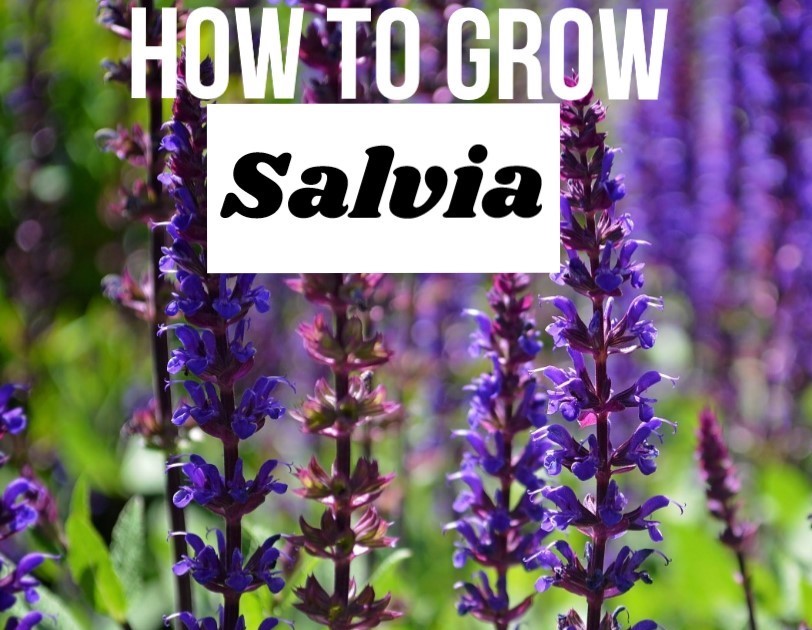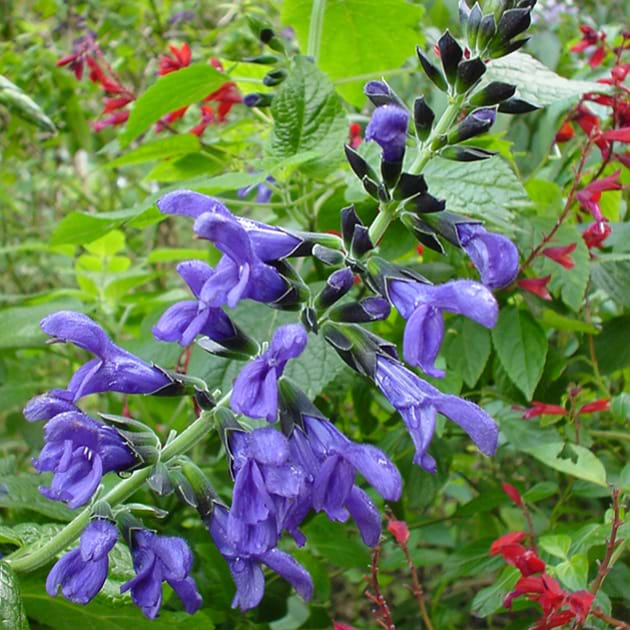What to Expect from Your Salvia Plant
Salvia, a popular perennial herb, has been a staple in many gardens for centuries. Its vibrant flowers and fragrant leaves make it a favorite among gardeners and cooks alike. But one question often arises among salvia enthusiasts: does salvia come back every year? Understanding salvia’s growth cycle is crucial to ensuring its return year after year. As a perennial, salvia is designed to come back season after season, but it requires proper care and attention to thrive. By understanding its growth habits and providing the right conditions, gardeners can enjoy the beauty and benefits of salvia for years to come.
Is Salvia a Perennial or Annual?
When it comes to understanding salvia’s growth cycle, it’s essential to clarify its classification as a perennial or annual plant. Perennials, like salvia, are plants that live for more than two years, regrowing new stems and foliage from the same roots season after season. In contrast, annuals complete their life cycle within a year, germinating, growing, producing seeds, and dying all within a single growing season. As a perennial, salvia’s growth habits are characterized by dormancy during the winter months, followed by new growth in the spring. This means that, with proper care, salvia can come back year after year, providing a bountiful harvest of fragrant leaves and vibrant flowers.
How to Encourage Salvia to Come Back Year After Year
To ensure salvia’s return year after year, it’s essential to create an environment conducive to its growth. One of the most critical factors is soil preparation. Salvia thrives in well-draining soil with a pH between 6.0 and 7.0. Adding organic matter such as compost or manure can help improve soil structure and fertility. Additionally, salvia requires full sun to partial shade, so choose a location that receives at least six hours of direct sunlight per day. Watering is also crucial, as salvia needs consistent moisture, especially during the first growing season. However, be cautious not to overwater, as this can lead to root rot. Pruning is another vital technique to encourage salvia’s return. Prune back the stems to about one-third of their height in the fall to promote new growth and prevent the plant from becoming leggy. By following these simple tips, gardeners can create an ideal environment for salvia to come back year after year, providing a bountiful harvest of fragrant leaves and vibrant flowers. After all, with proper care, salvia can be a reliable perennial, coming back year after year to delight and inspire.
The Role of Climate and Hardiness Zones
Salvia’s ability to come back year after year is heavily influenced by climate and hardiness zones. In general, salvia thrives in regions with mild winters and warm summers. It’s essential to choose a salvia variety that is suitable for your local climate and hardiness zone. In USDA zones 8-10, salvia can be grown as a perennial, coming back year after year with minimal care. However, in zones 3-7, salvia may need to be treated as an annual or brought indoors during the winter months to protect it from frost. Additionally, salvia prefers well-draining soil and full sun to partial shade, making it an ideal choice for gardens in regions with low rainfall. By understanding the specific climate and hardiness zone requirements for salvia, gardeners can ensure that their plants receive the necessary care to come back year after year. For instance, in regions with harsh winters, gardeners may need to provide additional protection, such as mulching or covering, to ensure salvia’s return. By doing so, they can enjoy the many benefits of salvia, including its fragrant leaves and vibrant flowers, year after year.
Common Mistakes to Avoid When Growing Salvia
While salvia is a relatively low-maintenance perennial, there are some common mistakes that can prevent it from coming back year after year. One of the most critical mistakes is over-watering, which can lead to root rot and kill the plant. Salvia prefers well-draining soil and should be watered sparingly, especially during the winter months. Another mistake is under-pruning, which can cause the plant to become leggy and reduce its chances of returning. Regular pruning helps to promote healthy growth and encourages salvia to come back year after year. Neglecting soil quality is also a common mistake, as salvia thrives in soil with good drainage and a pH between 6.0 and 7.0. Failing to provide salvia with the necessary care and attention can prevent it from returning, making it essential to avoid these common mistakes. By understanding what not to do, gardeners can ensure that their salvia plants receive the necessary care to come back year after year, providing a bountiful harvest of fragrant leaves and vibrant flowers. After all, by avoiding these mistakes, gardeners can enjoy the many benefits of salvia, including its ability to come back year after year, and does salvia come back every year? With proper care, the answer is a resounding yes.
Salvia Varieties: Which Ones Come Back Reliably?
With over 900 species of salvia, it’s essential to choose a variety that is known to come back year after year. Some popular varieties of salvia that are reliable perennials include Salvia x sylvestris, Salvia nemorosa, and Salvia farinacea. These varieties are hardy and can thrive in a range of climates, making them ideal for gardeners who want to ensure their salvia returns year after year. On the other hand, some varieties, such as Salvia elegans and Salvia guaranitica, may require more maintenance and may not come back as reliably. By choosing a variety that is well-suited to your climate and providing the necessary care, gardeners can enjoy the many benefits of salvia, including its fragrant leaves and vibrant flowers, and does salvia come back every year? With the right variety, the answer is a resounding yes. Additionally, some salvia varieties, such as Salvia officinalis, are known to be more sensitive to frost and may need to be protected or brought indoors during the winter months. By understanding the specific needs of different salvia varieties, gardeners can provide the necessary care to ensure their plants come back year after year.
Divide and Conquer: Propagating Salvia for a Bountiful Harvest
One of the most effective ways to ensure a bountiful harvest of salvia is to divide and propagate it. This process involves dividing the roots of a mature salvia plant into smaller sections, each with its own roots and stems. By doing so, gardeners can create new salvia plants that will thrive and come back year after year. To divide and propagate salvia, start by digging up the entire plant in the fall, after the first frost. Gently wash away the soil to reveal the roots, and then use a sharp knife or pruning tool to divide the roots into sections. Make sure each section has at least one “eye” or growing point, as this is where new growth will emerge. Replant the divided sections in well-draining soil, water thoroughly, and provide adequate sunlight. With proper care, the new plants will establish themselves quickly and provide a bountiful harvest of fragrant leaves and vibrant flowers. By dividing and propagating salvia, gardeners can enjoy a continuous supply of this popular herb, and does salvia come back every year? With this technique, the answer is a resounding yes. Additionally, dividing and propagating salvia can also help to rejuvenate older plants, which may have become leggy or less productive over time. By giving them a fresh start, gardeners can enjoy a renewed harvest of salvia, year after year.
Conclusion: Ensuring Your Salvia Returns Year After Year
In conclusion, understanding the growth cycle of salvia is crucial to ensuring its return year after year. By providing the right environment, including well-draining soil, adequate sunlight, and proper pruning techniques, gardeners can encourage salvia to come back year after year. Additionally, choosing the right salvia variety, dividing and propagating it, and avoiding common mistakes can also contribute to a bountiful harvest. Remember, does salvia come back every year? With proper care and attention, the answer is a resounding yes. By following the tips and tricks outlined in this article, gardeners can enjoy a continuous supply of this popular herb, and reap the many benefits it has to offer. Whether you’re a seasoned gardener or just starting out, with the right knowledge and care, you can ensure your salvia returns year after year, providing a fragrant and flavorful addition to your garden and kitchen.




:strip_icc()/salvia-farinacea-cirrus-966c24a9-bc7b080d67e9494fb71ceef488152999.jpg)




